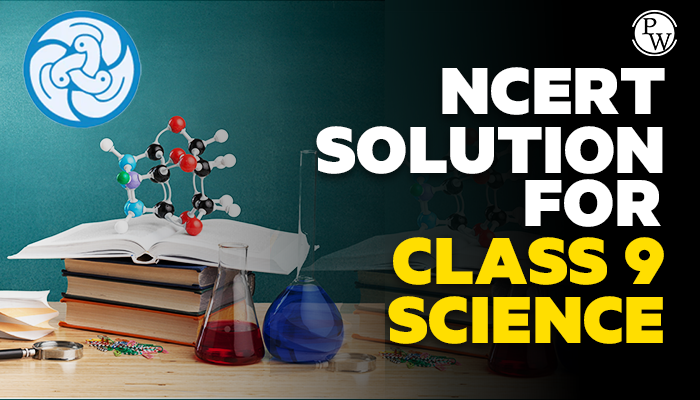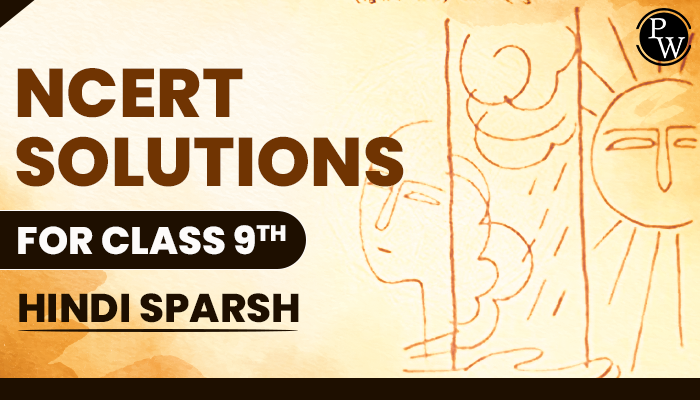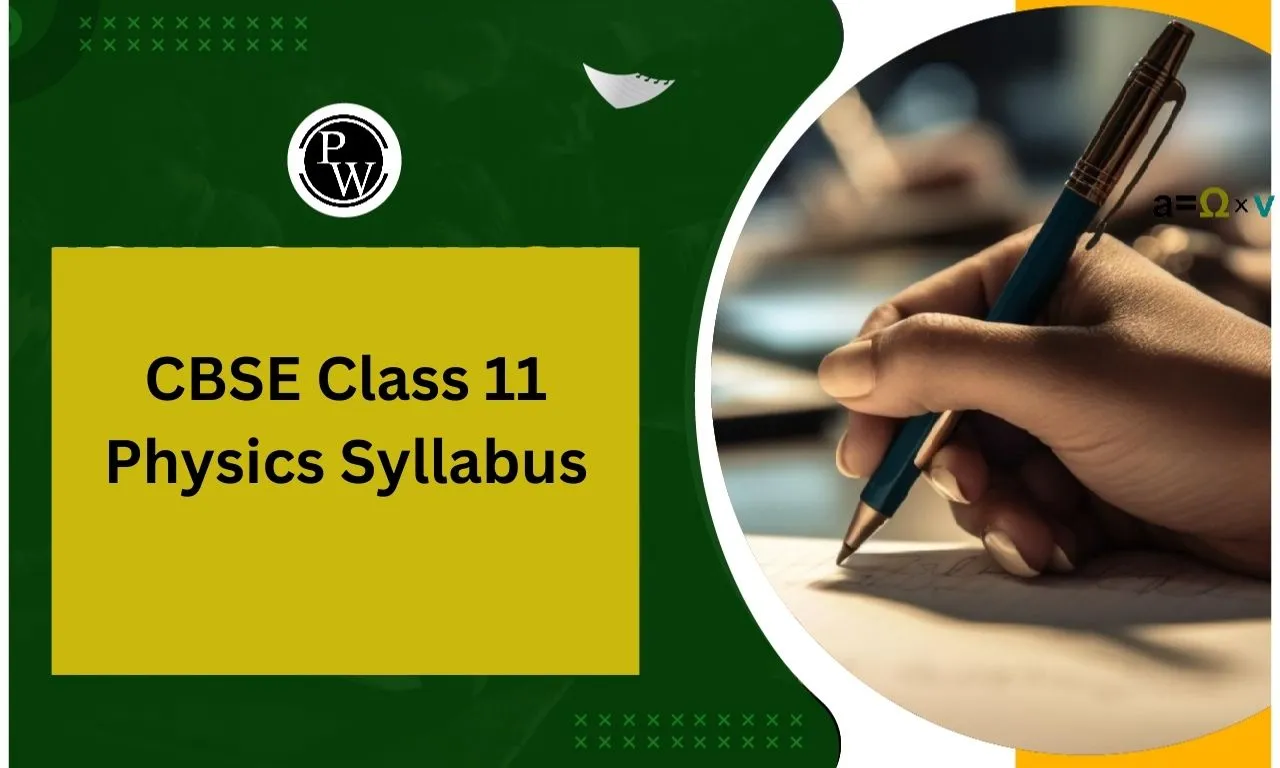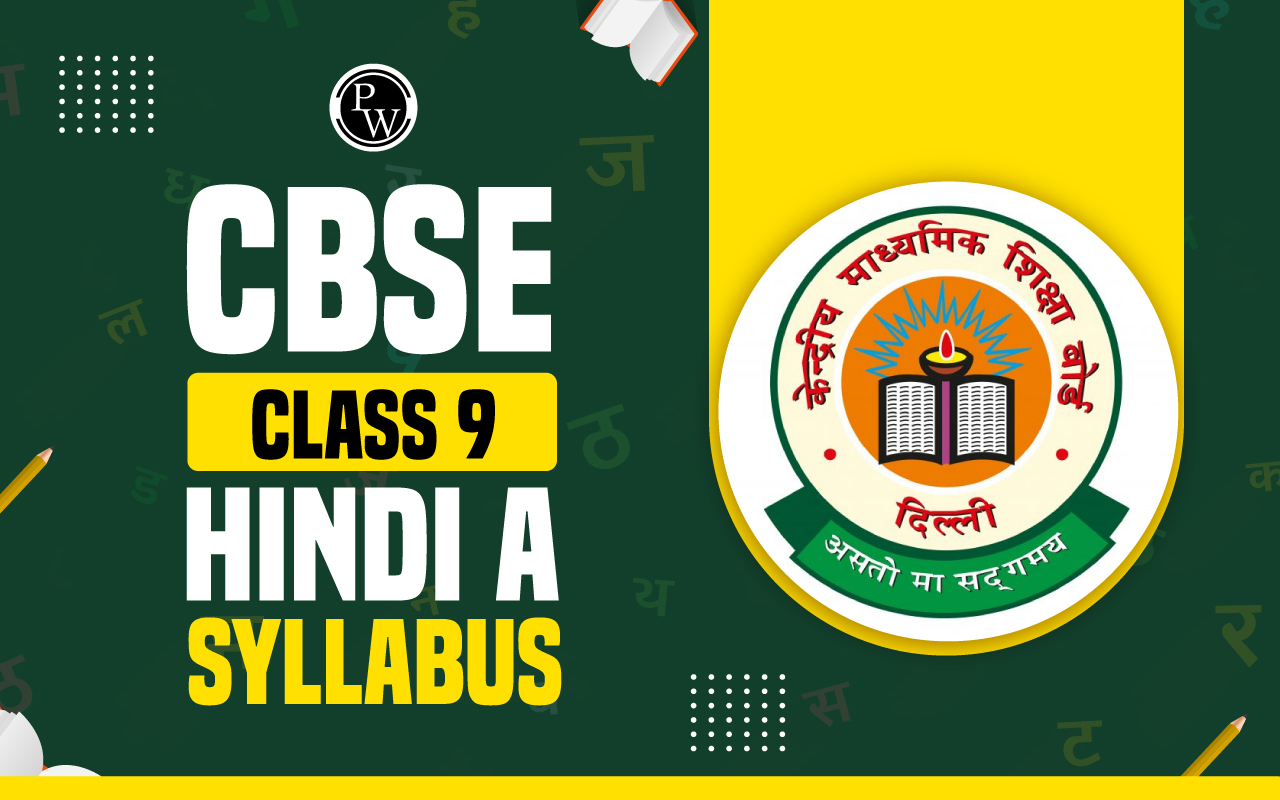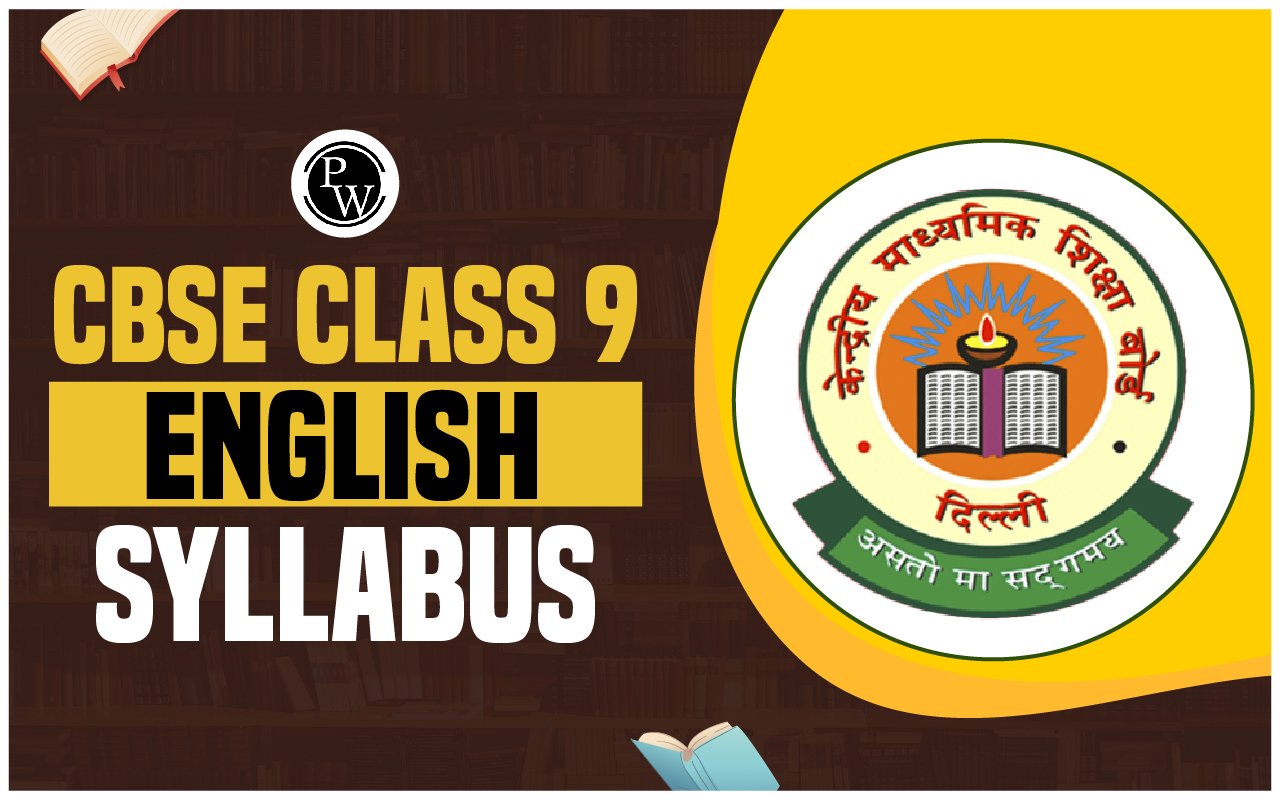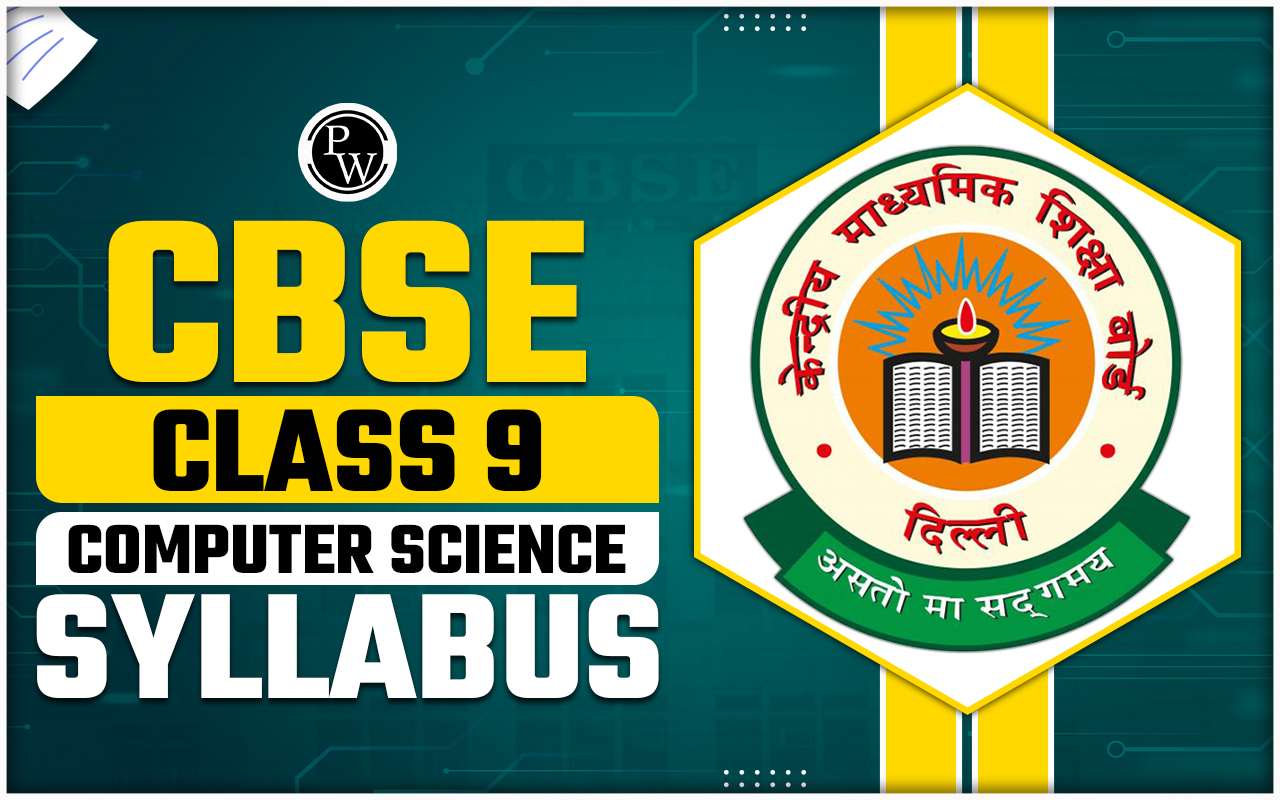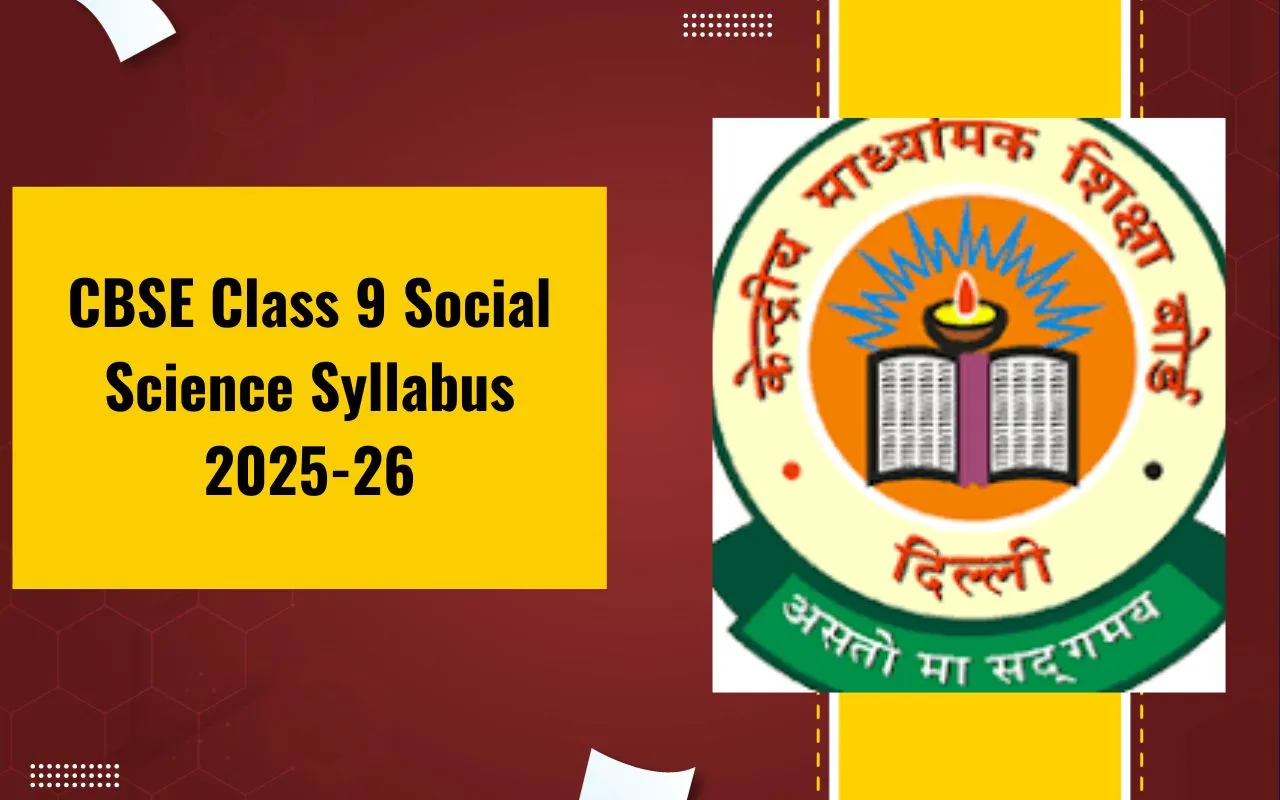
CBSE Class 9 Deleted Syllabus 2023-24: The Board releases the CBSE Class 9 Syllabus for the 2023–2024 academic year. This is where students may discover the 2023–24 CBSE Class 9 Syllabus. In order to provide a solid foundation for the upper classes, class 9 is crucial. It is a important moment in the lives of the students, enabling them to understand the stakes for the upcoming year.
The class 9 CBSE syllabus provides conceptual background and establishes the foundation for the subsequent lesson. Here, we've included the Class 9 CBSE Syllabus for every topic that is listed on the board's website. It is recommended that student's study according to the syllabus provided here.CBSE Class 9 Deleted Syllabus 2023-24 Overview
Information on the course content, unit-by-unit mark distribution, time duration, projects, and assignments are provided in the CBSE 9th Class Syllabus for every topic. A thorough comprehension of the material is essential for CBSE Class 9 students to achieve high test results. It also provides a solid foundation for the board test. Here is the comprehensive CBSE Class 9 Syllabus for each topic, broken down by term, for the students' advantage.CBSE Class 10 Previous Year Question Papers
It is essential that students begin their revisions as soon as they have completed the CBSE Class 9 Syllabus. Students can achieve high grades by practicing the sample papers and covering every topic in the CBSE Syllabus for Class 9. Students can visit the CBSE Syllabus page to obtain the syllabus for Classes 1 through 12.CBSE Class 9 Deleted Syllabus 2023-24 for Science
Below is the CBSE Class 9 Deleted Syllabus 2023-24 for Science -|
CBSE Class 9 Deleted Syllabus 2023-24 for Science |
||
| Chapter | Page No. | Dropped Topics/Chapter |
| Chapter 1: Matter in Our Surroundings | 10 | Box item titled ‘Plasma and Bose–Einstein Condensate’ |
| Chapter 2: Is Matter Around Us Pure? | 19–24 | 2.3 Separating the components of a mixture 2.3.1 How can we obtain coloured component (dye) from blue/ black ink? 2.3.2 How can we separate cream from milk? 2.3.3 How can we separate a mixture of two immiscible liquids? 2.3.4 How can we separate a mixture of salt and camphor? 2.3.5 Is the dye in black ink a single colour? 2.3.6 How can we separate a mixture of two miscible liquids? 2.3.7 How can we obtain different gases from air ? 2.3.8 How can we obtain pure copper sulphate from an impure sample? |
| Chapter 3: Atoms and Molecules | 40–42 | Mole concept |
| Chapter 7: Diversity in Living Organisms | 80–97 | Full chapter |
| Chapter 8: Motion | 107–108 | 8.5 Equations of motion by graphical method 8.5.1 Equation for Velocity–Time Relation 8.5.2 Equation for Position–Time relation 8.5.3 Equation for Position–Velocity |
| Chapter 9: Force and Laws of Motion | 123–127 | 9.6 Conservation of Momentum Activity 9.5, 9.6 Example 9.6, 9.7, 9.8 Box item ‘Conservation Laws’ |
| Chapter 10: Gravitation | 133, 142 | Following Box Items: a. Brief Description of Isaac Newton b. How did Newton guess the inverse–square rule? 10.7 Relative Density Example 10.7 |
| Chapter 11: Work and Energy | 156 | 11.3.1 Commercial Unit of Energy |
| Chapter 12: Sound | 161,162, 167, 171 and 172 | Box item titled ‘Can sound make a light spot dance?’ Box item titled ‘Sonic Boom’ 12.2.1 Sound Needs a Medium to Travel 12.5.1 Sonar 12.6 Structure of Human Ear |
| Chapter 13: Why Do We Fall Ill? | 176–188 | Full chapter |
| Chapter 14: Natural Resources | 189–202 | Full chapter |
CBSE Class 9 Deleted Syllabus 2023-24 for Maths
Below is the CBSE Class 9 Deleted Syllabus 2023-24 for Maths -|
CBSE Class 9 Deleted Syllabus 2023-24 for Maths |
||
| Chapter | Page No. | Dropped Topics/Chapter |
| Chapter 1: Number Systems | 15–18 27 | 1.4 Representing real numbers on the number line |
| Chapter 2: Polynomials | 35–40 50 | 2.4 Remainder theorem |
| Chapter 3: Coordinate Geometry | 61–65 | 3.3 Plotting a point in the plane if its coordinates are given |
| Chapter 4: Linear Equations in Two Variables | 70–75 75–77 | 4.4 Graph of linear equations in two variables 4.5 Equations of lines parallel–x–axis and y–axis |
| Chapter 5: Introduction– Euclidean Geometry | 86–88 | 5.3 Equivalent versions of Euclid’s fifth postulate |
| Chapter 6: Lines and Angles | 98–100 103 105–108 | 6.5 Parallel lines and a transversal 6.7 Angle sum property of a triangle |
| Chapter 7: Triangles | 129–134 | 7.6 Inequalities in triangles |
| Chapter 8: Quadrilaterals | 135–138 145–147 151 | 8.1 Introduction 8.2 Angle sum property of a quadrilateral 8.3 Types of quadrilaterals 8.5 Another condition for a Quadrilateral–be a parallelogram |
| Chapter 9: Areas of Parallelogram and Triangles | 152–167 | Full chapter |
| Chapter 10: Circles | 168 169–171 174–176 186–187 | 10.1 Introduction 10.2 Circles and its related terms: Review Circle through three points |
| Chapter 11: Construction | 188–196 | Full chapter |
| Chapter 12: Heron’s Formula | 197–199 203–207 | 12.1 Introduction 12.3 Application of Heron’s formula in finding areas of quadrilaterals |
| Chapter 13: Surface Area and Volume | 208–217 226–231 236–237 | 13.1 Introduction 13.2 Surface area of a cuboid and cube 13.3 Surface area of right circular cylinder 13.6 Volume of cuboid 13.7 Volume of cylinder |
| Chapter 14: Statistics | 238–246 261–270 | 14.1 Introduction 14.2 Collection of data 14.3 Presentation of data 14.5 Measure of central tendency 14.6 Summary |
| Chapter 15: Probability | 271–285 | Full chapter |
| Answers | 326 328 330–345 347 | Answers of Exercises |
CBSE Class 9 Deleted Syllabus 2023-24 for English
Below is the CBSE Class 9 Deleted Syllabus 2023-24 for English -|
CBSE Class 9 Deleted Syllabus 2023-24 for English |
||
|
Beehive |
||
| Chapter | Page No. | Dropped Topics/Chapter |
| Chapter 7: Packing… | 82–93 | Full chapter |
| Chapter 7: Poem ‘The Duck and the Kangaroo’ | 94–96 | Full chapter |
| Chapter 9: The Bond of Love | 113–124 | Full chapter |
| Chapter 9: ‘The Snake Trying’ | 125–127 | Full chapter |
|
Moments |
||
| The Accidental Tourist (A Short Story) | 56-61 | Full Chapter |
| Weathering the Storm in Ersama | 37-43 | Full Chapter |
Advantages of Syllabus Deletion for CBSE Class 9 Students
Decreased stress and anxiety: Students will have less material to cover as a result of the shortened curriculum, which will assist lower tension and anxiety levels. For students who are already feeling overburdened by their workload, this is quite helpful.
Better comprehension of fundamental ideas: Teachers are able to concentrate on the most crucial ideas in each topic because of the shortened syllabus. Students may have a greater comprehension of the subject matter as a result, which will aid them in their future academic endeavours.
More time for extracurricular activities: Students now have more time to engage in extracurricular activities like dance, music, and athletics thanks to the shortened curriculum. In addition to giving kids a much-needed respite from academics, this might help them discover new interests and abilities.
Reduced syllabus: Students won't feel as overburdened by the quantity of work they have to complete, which will encourage them to study more.
Better grades: Since students will have more time to concentrate on the content and grasp the concepts, a shortened syllabus should benefit them.
Better exam preparation: Because they will now have a more thorough comprehension of the material, students can better prepare for future exams thanks to the shortened curriculum.
Importance of CBSE Class 9 Syllabus The practicals in Class 9 are just as important as the theory covered in the CBSE Syllabus. All of the information regarding the list of experiments to be conducted, exercises, and project work will be found in the Class 9 Science Lab Manual. The following principles assist students in realising the advantages of being familiar with the CBSE Class 9 Syllabus.- It aids students in creating an appropriate study schedule in order to get ready for the class 9 exam.
- It provides students with information regarding the format of exam papers and the marking scheme.
- The ninth-grade CBSE class syllabus provides a summary of significant subjects and their subtopics.
- It assists in keeping track of the subjects that students have finished and those that they still need to finish.
- Students who are aware with the syllabus will feel more assured.
CBSE Class 9 Deleted Syllabus 2023-24 FAQs
Has CBSE released 2023-24 syllabus Class 9?
Is CBSE reduced syllabus 2023-24?
Is Class 9 tough?

